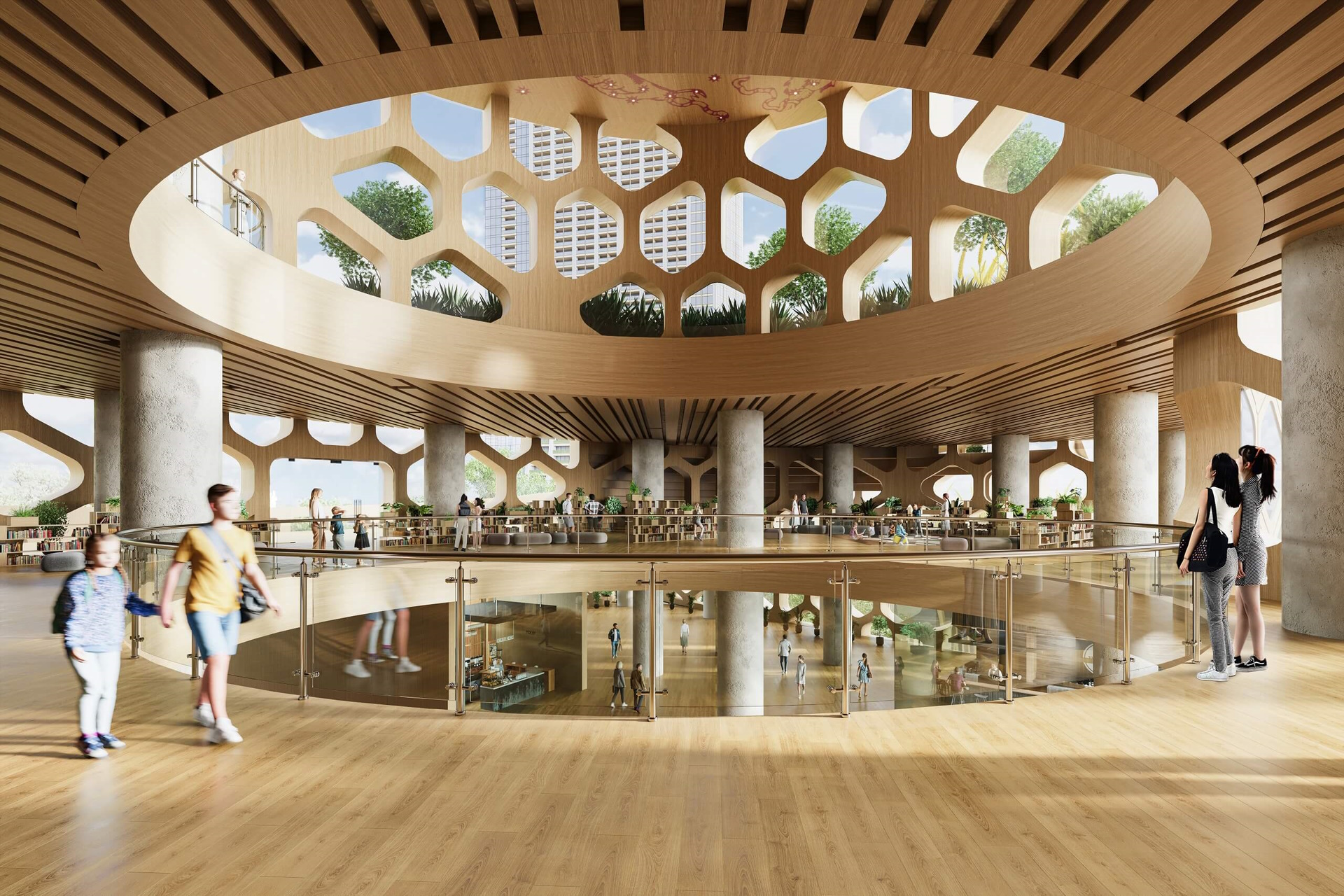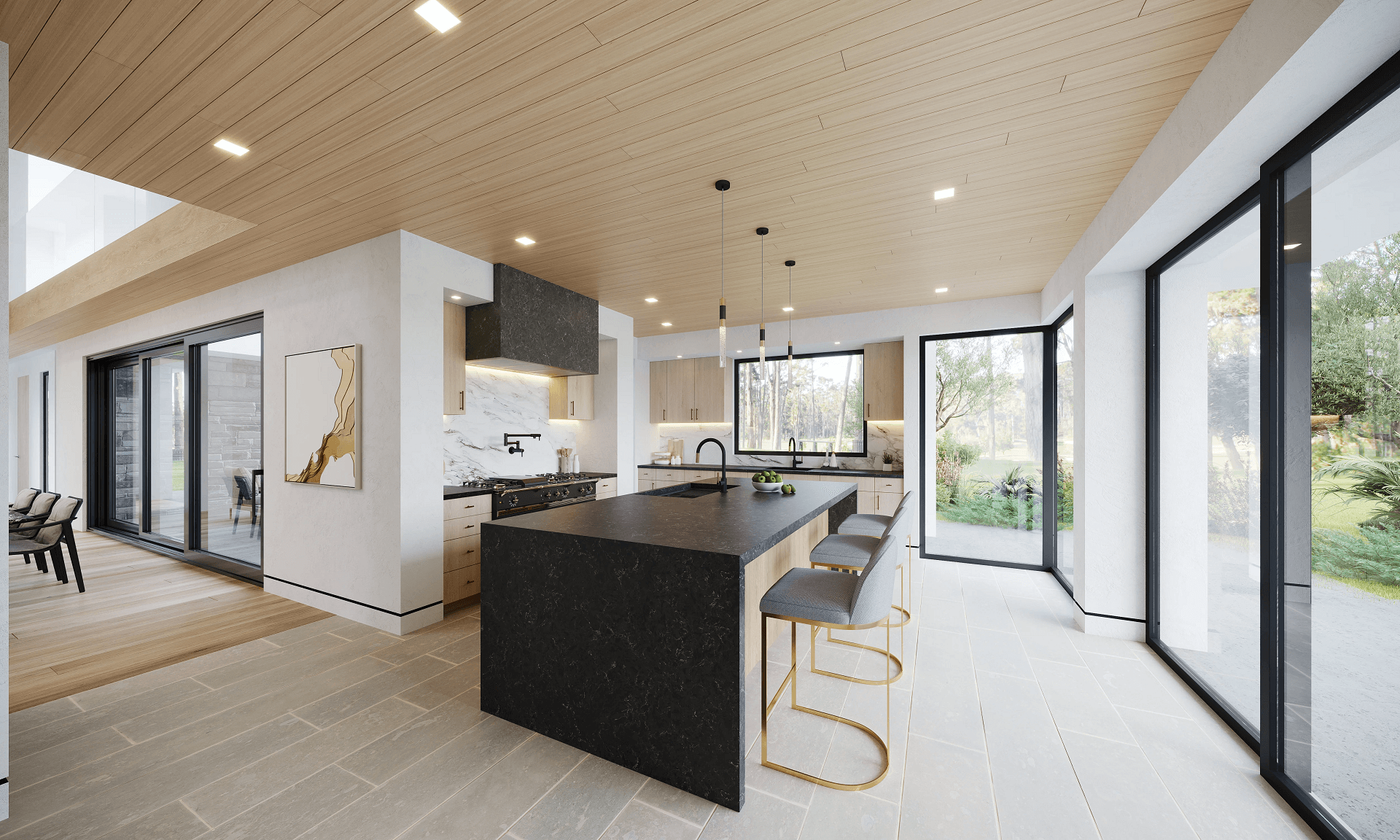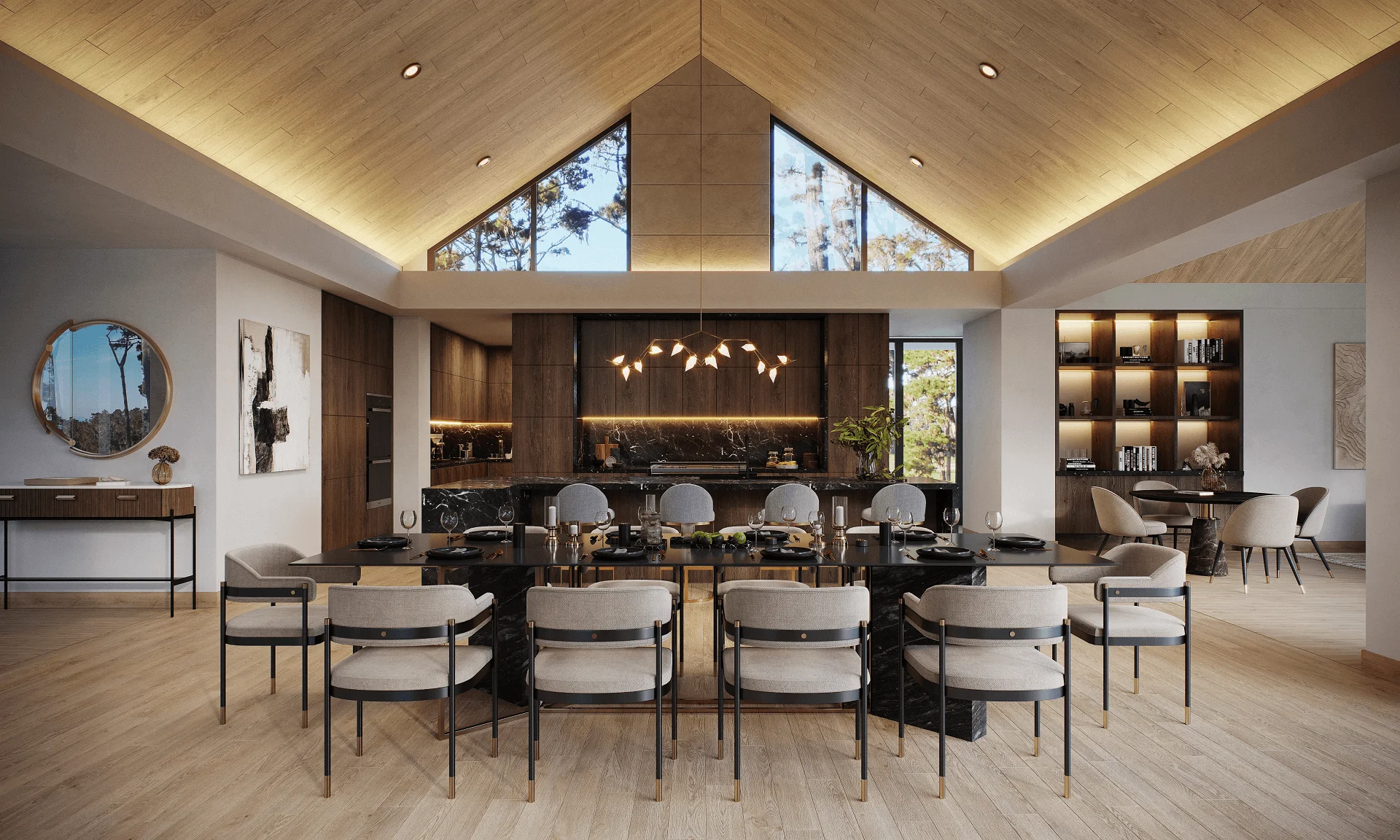In the world of interior design, CGI has become a necessity for bringing concepts to life. But it can be challenging for a designer to make the most of this technology without the help of specialists. Not all interior design experts are proficient at working with photorealistic CGI software. Besides, professional rendering hardware might be an investment that doesn’t meet the designer’s budget. What to do in such cases? 3D visualization company emerges as a fantastic solution to these and more issues. Find out about challenges that outsourcing CGI for interior design helps solve!
Top-5 Issues Designers Solve by Outsourcing CGI
Outsourced 3D rendering helps interior design professionals streamline workflows, reducing time, costs, and technical hurdles. Here are key challenges it helps overcome.
Inability to Scale Up and Take on More Projects

Creating 3D visualization is often a time-consuming endeavor. If interior designers undertake this task themselves, they may not have much time left to take on new projects or to improve their professional skills. By outsourcing CGI for interior design to a 3D rendering studio, they can focus on their career goals without worrying about where to get photorealistic visuals.
Lack of Powerful Hardware or Limited Command of 3D Software

Crafting photoreal CGI and animations demands state-of-the-art hardware. But many designers may lack the resources to acquire complex equipment like render farms. Here, outsourcing to professionals grants access to this and other cutting-edge technologies. It eliminates the need to spend fortunes on advanced computers.
What’s more, interior designers may not necessarily have experience with 3D software for creating photoreal visuals, such as Unreal Engine or 3ds Max. Here’s where professional CGI studios come to the rescue as well. The team of qualified experts will ensure that the interior designs are brought to life with stunning quality.
Difficulty Finding the Right Materials and Textures

Even designers familiar with 3D visualization might face challenges finding the right furniture models, textures, or materials for their projects. Browsing online stocks can take too much valuable time. Outsourcing to a CGI studio helps with that by providing access to extensive libraries of pre-made 3D assets such as models of furniture from well-known brands. Besides, the 3D experts will help pick the appropriate assets in no time. This not only speeds up the creation of CGI for interior design but also enhances the quality and authenticity of the final visuals.
Struggling to Convey the Intended Atmosphere

Many interior designers are proficient in modeling programs such as SketchUp or Revit. But this software cannot help with conveying a captivating atmosphere in CGI. Doing that requires expertise in setting photorealistic lighting and using various post-production tools. Outsourcing digital rendering for interior design to skilled professionals ensures that the intended ambiance is accurately captured.
Lack of Time to Achieve 100% Photorealism

The pursuit of photorealism demands a significant investment of time. This is a luxury that not every design expert can afford. From communicating with clients to managing projects, they already have a lot on their plate. Using professional 3D rendering services for interior designers ensures that the project deadlines are met without compromising the quality of renders.
How CGI Helps Interior Designers and Their Clients
Professional 3D visualization allows interior design professionals and their clients to understand each other easily. This way, it helps complete projects impeccably and on time. How does it work? Let’s see.
Architectural CGI Helps to Choose Style and Materials

It might take a while for homeowners to decide how their renovated apartment should look. As Houzz reports, 29% of people cannot quickly choose the appropriate style for their home. And 40% experience difficulties selecting the right products and materials for an upcoming renovation. For design specialists, this leads to significant delays in project completion and lost time.
But with 3D architectural rendering, a designer can make choosing style and materials much easier for clients. For instance, they can create several concepts that fit clients’ preferences, each with a different stylistic solution. After that, they can contact a 3D studio, get architectural 3D renders reflecting each option in photoreal quality, and show them to the owners. This way, the latter won’t wonder how a minimalistic Scandinavian interior or an eclectic Bohemian design would look in their space. They will see it with their own eyes, and thus make the decision faster. Similarly, outsource 3D rendering can help choose furniture and decor. In such a way, the process will not stall on the stage of picking style and products.
CGI for Interior Design Allows for Accurate Planning

Sometimes, unnoticed calculation errors occur. They may lead to unpleasant surprises when discovered after the work is complete.
For instance, it can turn out that the sockets are located too low, a doorway is too narrow, or a threshold is too high, so everyone would trip over it. In such cases, the design specialist will have to remake the work at their own expense. As a result, the owners are unsatisfied and the design professional has additional work to do.
Digital rendering prevents these troubles. As 3D architectural visuals show the final result in one piece and with photorealistic quality, they let one see the consequences of any mistake clearly before the project is brought to life. So, the design expert has the chance to fix all errors before the work begins. Thus, there will
One way to prevent such issues is to use 3D floor plan rendering services. They bring several design solutions together in one view, so nothing is missed. This allows every project stakeholder to see how the style, layout, and details work together. With this shared picture, decisions become faster and more confident.
Architectural 3D Visuals Help to Stick to Deadlines and Budgets

CGI for interior design lets a homeowner see the final result of the apartment or building renovation before the construction starts. So, if they decide that they want any part of the project to be changed, they will be able to say it before any materials and products are bought and installed. Which is a perfect way to avoid exceeding budgets and missing deadlines.
For example, when looking at architectural 3D renders, the client can realize that they actually don’t want that oak flooring in their bedroom or dislike the idea of uniting the living room and kitchen into one space. So, the designer can adjust the project before the flooring is already laid and the wall between rooms is demolished. Which saves time and money that otherwise would be spent on redesigning and remaking home once again.
CG Rendering Can Justify the Designer’s Ideas

Some clients may approve the project but request cost reductions by changing materials or finishes. For example, they might suggest using budget-friendly vinyl flooring instead of natural hardwood, assuming both options provide a similar look and feel. However, this is far from the truth. When the designer tries to explain the differences in durability, texture, and overall aesthetic impact, clients may dismiss these concerns and continue insisting on the cheaper alternative.
To convince them, the designer can use CGI. Photorealistic renders can showcase the same interior with both flooring options, allowing clients to compare the warmth, elegance, and realistic texture of hardwood versus the more artificial appearance of vinyl. Seeing the difference firsthand makes them more likely to trust the designer’s expertise. The specialist can then highlight hardwood’s durability and timeless appeal, proving that it’s a worthwhile investment.
CGI Allows to Speak the Same Language with Clients

The homeowner needs to be an active member of the design process, making all the key decisions. Which is hard to do if they learn about the design only from drawings and sketches. All these means just cannot help a person without an architectural background to envision the result. So, the homeowner will doubt every specialist’s offer and ask a million questions.
But with 3D modeling and rendering services, the design specialist and their clients can easily reach a mutual understanding. That is because 3D visualization translates schemes and numbers into photoreal visuals that work perfectly for both sides. With CGI for interior design, the designer and homeowner can cooperate effectively, discussing details and making decisions together.
Take your design presentation to a new level with interior rendering
Outsourcing CGI is a powerful tool that benefits both interior designers and their clients. It helps professionals manage their workload, achieve high-quality visuals, and communicate ideas more effectively. At the same time, it ensures clients can make informed decisions, stay within budget, and see their future space with clarity.
Looking for interior 3D rendering services? Contact us at ArchiCGI and get breathtaking photoreal visuals for your designs at a reasonable price.

Ian Diev
Content Writer, Editor at ArchiCGI
Ian loves writing about innovative 3D technologies and their impact on architecture and design. In his spare time, he makes indie music, watches obscure movies, and cooks culinary masterpieces for friends.



